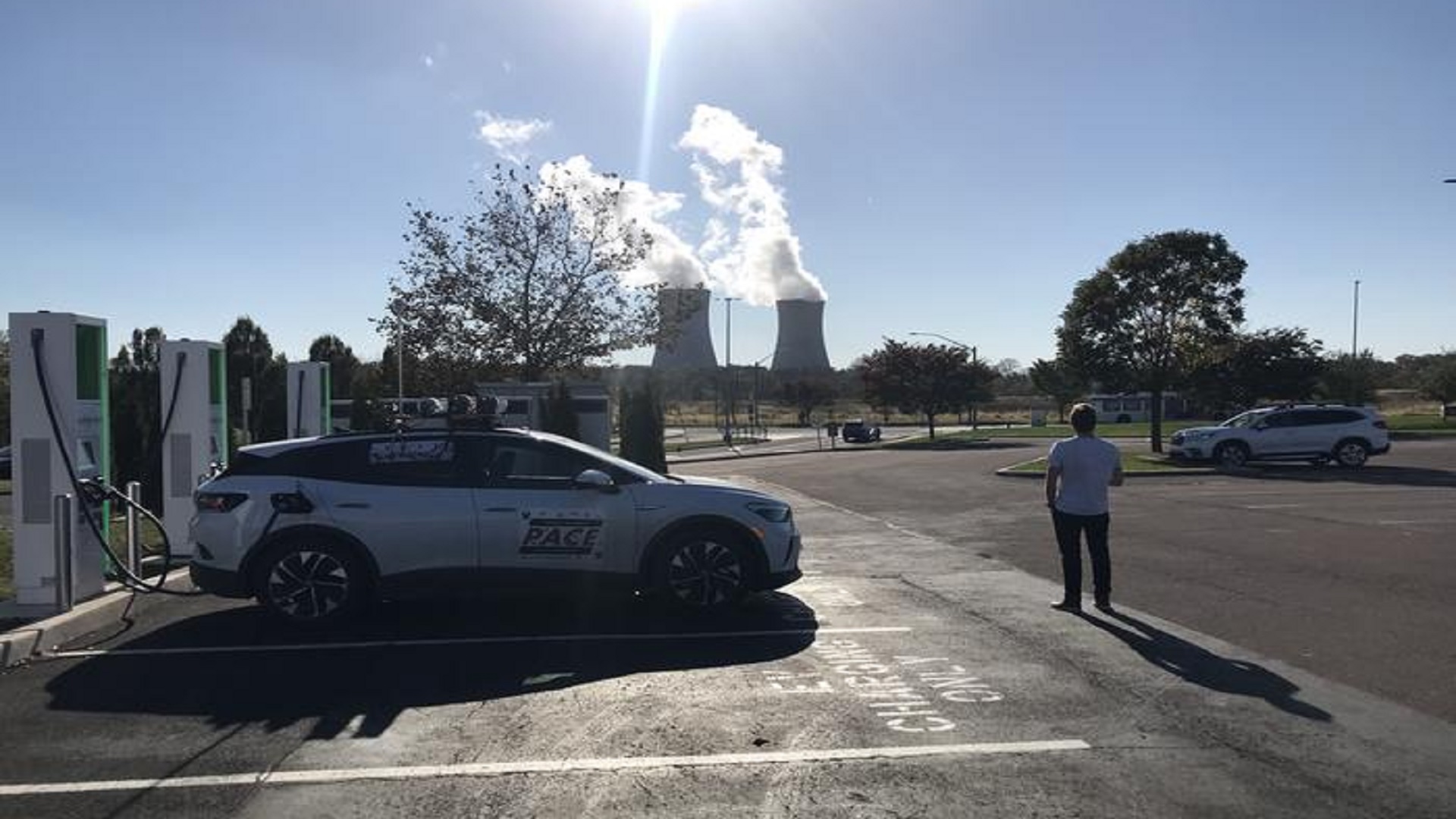A recent study led by researchers at Princeton University has revealed a concerning increase in greenhouse gas emissions from wastewater treatment plants across the United States, indicating that these facilities may be releasing almost twice the amount of pollutants than previously estimated.
The study found that methane and nitrous oxide emissions from wastewater plants were significantly higher than the figures reported by the Environmental Protection Agency (EPA). Specifically, the plants were found to be producing approximately 1.9 times more nitrous oxide and 2.4 times more methane than earlier EPA estimates.
These emissions from wastewater facilities account for about 2.5 percent of the total U.S. methane emissions and 8.1 percent of nitrous oxide emissions. Collectively, these gases have been responsible for about 22 percent of global warming since the year 1850.
Encouragingly, the majority of emissions come from a limited number of plants, suggesting that targeted operational improvements could lead to substantial reductions in greenhouse gas emissions without the need for an extensive overhaul of the industry.
Mark Zondlo, a professor of civil and environmental engineering at Princeton, emphasized the environmental trade-offs associated with wastewater management. He stated, “We want clean water. But there is another side of the issue, and air emissions have not received the same attention that water does.”
To achieve more accurate measurements of emissions, the research team employed a mobile lab known as the Princeton Atmospheric Chemistry Experiment. This electric vehicle is equipped with advanced laser-based systems, meteorological sensors, and commercial gas detectors.
Graduate students Daniel Moore and Nathan Li covered over 52,000 miles over a period of 14 months, visiting 96 wastewater treatment plants, which collectively manage about 9 percent of the nation’s wastewater. They measured emissions during various seasons, driving around the perimeters of the facilities to accurately capture escaping gases under different weather conditions.
“It was a lot of miles,” Moore recounted. “We wanted to figure out how things were in the real world, not just under ideal conditions.”
The researchers discovered that emissions from wastewater plants varied significantly due to factors such as rainfall, temperature fluctuations, and microbial activity. Moore shared an illuminating experience when the team was invited into one facility and detected high concentrations of nitrous oxide from a specific aeration tank. However, when they returned a week later, the emissions had disappeared.
Many of these wastewater treatment facilities are aging and municipally operated. Zondlo pointed out that, despite several upgrades incorporating new technologies, these plants often present complex assessment challenges. “Our approach says let’s look at the entire facility, let’s look at a lot of facilities, and let’s look at different times,” he explained.
Z. Jason Ren, co-author and professor at Princeton’s Andlinger Center for Energy and the Environment, noted that operators frequently lack sufficient guidance on emissions levels. “They know they have emissions. In many cases, they don’t know how high they are,” he remarked.
The research team hopes their findings will inspire greater collaboration with wastewater plant operators to identify and mitigate emissions effectively. Ren highlighted additional economic incentives, stating, “Methane, for example, is a greenhouse gas and it is not good for the environment. But it is also a valuable renewable energy source.”
The results of this significant study have been published in the journal Nature Water, drawing attention to an often-overlooked aspect of environmental pollution tied to wastewater management.






